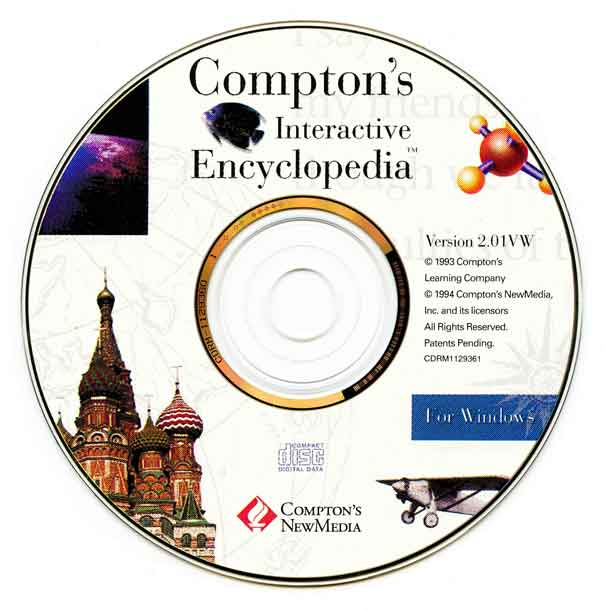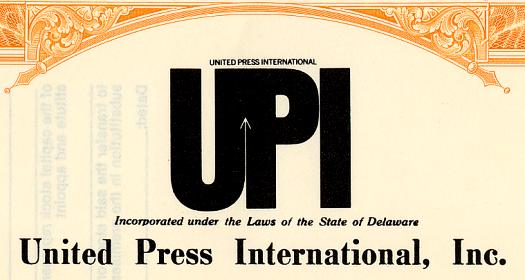Although a print publisher throughout its long life, Encyclopaedia Britannica had been keeping abreast of computer developments closely. When the first CD-ROM (for Compact Disc-Read Only Memory) storage discs came out in 1985, Britannica had just put the finishing touches on its multi-decade, massive rewriting of its 1929 14th Edition. The 15th Edition had originally been published in 1974 in a 30-volume set. The 15th Edition was structurally rounded out in 1985 with the addition of a separate, two-volume index to the 15th Edition.
This redesign of the Encyclopædia Britannica in the several decades before the CD-ROM-based Compton’s Encyclopedia launch was a critical precursor to EB’s invention.
The Britannica multimedia search system patent would not have been possible without the specialized learning that grew out of the computer-assisted design of the 15th Edition print set. When the Compton’s patent was reissued by the Patent Office in 2002 after a lengthy reexamination, the stage was set for Britannica to exploit its achievement monetarily.
English poet Alexander Pope began the second epistle of his 1732 work An Essay on Man with this couplet: “Know then thyself, presume not God to scan; The proper study of Mankind is Man.”
His reference to our genome-embedded drive to understand ourselves and catalog our knowledge is symbolized and given tangible shape by the encyclopedic form.
The long, continuous history of the encyclopedia in our civilization is evidence that our collective need for self-examination is hard-wired into our brains.
Thus, the presence of a reference publisher at the center of a critical human/machine interface development in the 1980s was not entirely an accident. It stemmed in part from the very nature of encyclopedias in modern society.
The word “encyclopedia” comes from the Greek words enkyklios, meaning general, and paideia, meaning education.
The effort to create a system of knowledge or circle of learning in the form of an “encyclopedia” spanning humankind’s knowledge has been with us for over 2,000 years, although it hasn’t always been called this. Speusippus, who died in 339 B.C., recorded his uncle Plato’s thinking on natural history, mathematics, and philosophy. Speusippus also apparently attempted to record detailed descriptions of different species of plants and animals.
However, it was Denis Diderot’s Encyclopedie, ou Dictionnaire Raisonne des Sciences, des Arts et des Metiers, published in 1751 in Paris, that first popularized the use of the term encyclopedia to describe works containing a broad compendium of knowledge.
Shortly thereafter, in 1768, the first edition of the Encyclopædia Britannica, the oldest and most comprehensive English-language encyclopedia, was published in Edinburgh, Scotland.









